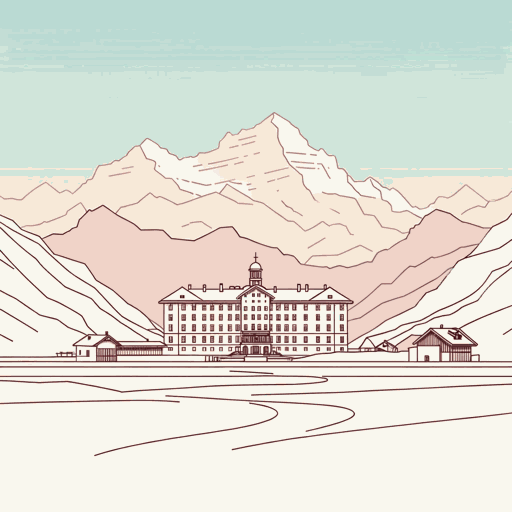33 pages • 1 hour read
Thomas MannThe Magic Mountain
Fiction | Novel | Adult | Published in 1924A modern alternative to SparkNotes and CliffsNotes, SuperSummary offers high-quality Study Guides with detailed chapter summaries and analysis of major themes, characters, and more.
Symbols & Motifs
The Sanatorium
The sanatorium is essentially the novel’s sole setting and the environment in which Hans’s education progresses over the years as he absorbs and reflects on the competing philosophies of Settembrini and Naphta and charts his own course through illness, health, eroticism, and knowledge. The sanatorium comes to reflect the early 20th century European environment in which political, intellectual, and spiritual ideologies competed and collided without resolution, setting the stage for the cataclysmic violence of the first world war. As the novel approaches its end, the atmosphere in the sanatorium becomes increasingly intense and violent, mirroring Europe’s headlong slide into violent conflict.
The Inconsistent Landscape
The pathetic fallacy is the mind’s tendency to personify nature; for example, conflating human moods and ideas with the transformations of the weather. As Joachim might point out, the pathetic fallacy is an idea from the flatlands. A mile above sea level, no birds sing. Summer becomes winter, and winter summer. “Hans Castorp took a deep breath, testing the alien air. It was fresh—that was all. It lacked odor, content, moisture, it easily went into the lungs and said nothing to the soul” (9). In other words, Hans finds himself thwarted every time he attempts to locate some
Related Titles
By Thomas Mann




